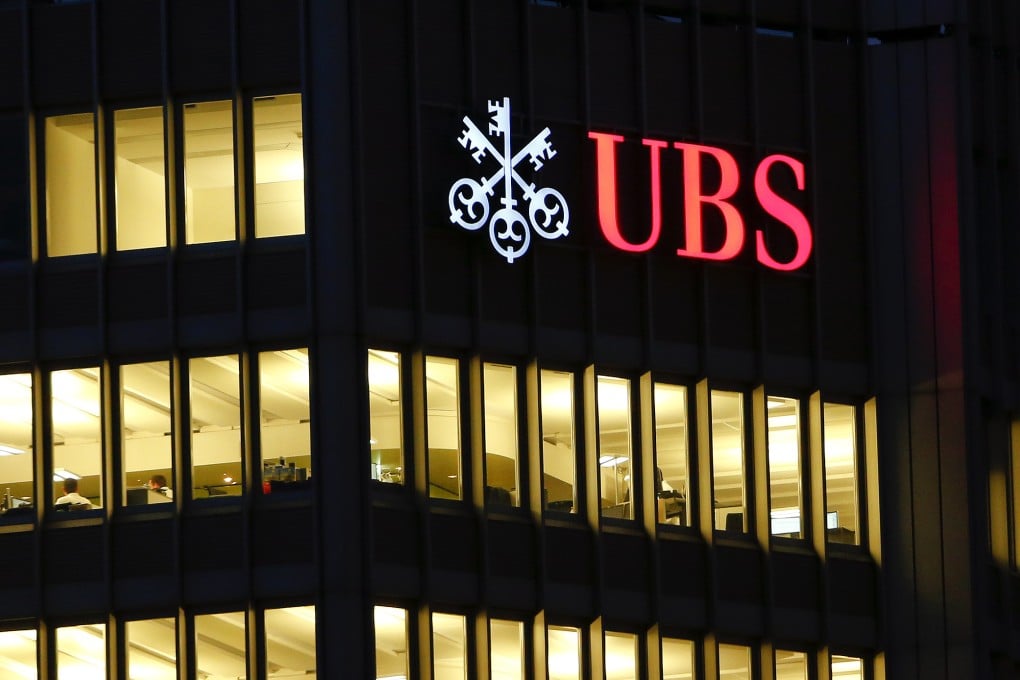UBS flags China's US$1tr debt risk
Mainland economy more exposed to shifts in currency and interest rates as international trade expands and foreign-exchange rules are eased

UBS is flagging risks from the mainland's US$1 trillion worth of unhedged foreign debt as forecasters see bets against the greenback unwinding next year.
Stephen Andrews, head of Asia banks research at UBS in Hong Kong, said the world's second-largest economy was exposed to shifts in currency and interest rates as never before because of expanding international trade and easing foreign-exchange regulations.
Daiwa Capital Markets estimates carry-trade inflows - bets on the difference between yields on the mainland and overseas - since 2008 at US$1 trillion. It forecasts the yuan will drop 5.7 per cent against the US dollar next year.
It is heading for a 2.8 per cent loss this year as the US dollar gains on Federal Reserve plans to raise interest rates and the People's Bank of China cuts borrowing costs to support a flagging economy. Capital controls and record foreign-exchange reserves would help the mainland's central bank cope with any situation similar to 1997's Asian financial crisis, when firms struggled to repay debt as currencies slumped, Andrews said.
"This could get very uncomfortable very quickly," he said. "I boil it down to its basics. You've borrowed unhedged and leveraged: you're at risk."
Andrews said mainland companies had been depositing 20 per cent to get a letter of credit from an onshore lender. They then used that to get a low-interest US dollar loan from a Hong Kong bank, which treated it like a no-risk cheque fully backed by the guarantor.
The companies then flipped those US dollars back to the mainland, Andrews said, using them as collateral to get even more letters of credit, leveraging even further. That money was then used to invest in high-yield and often risky trust products on the mainland or in its booming stock market, with the profits used to pay off US dollar borrowings.